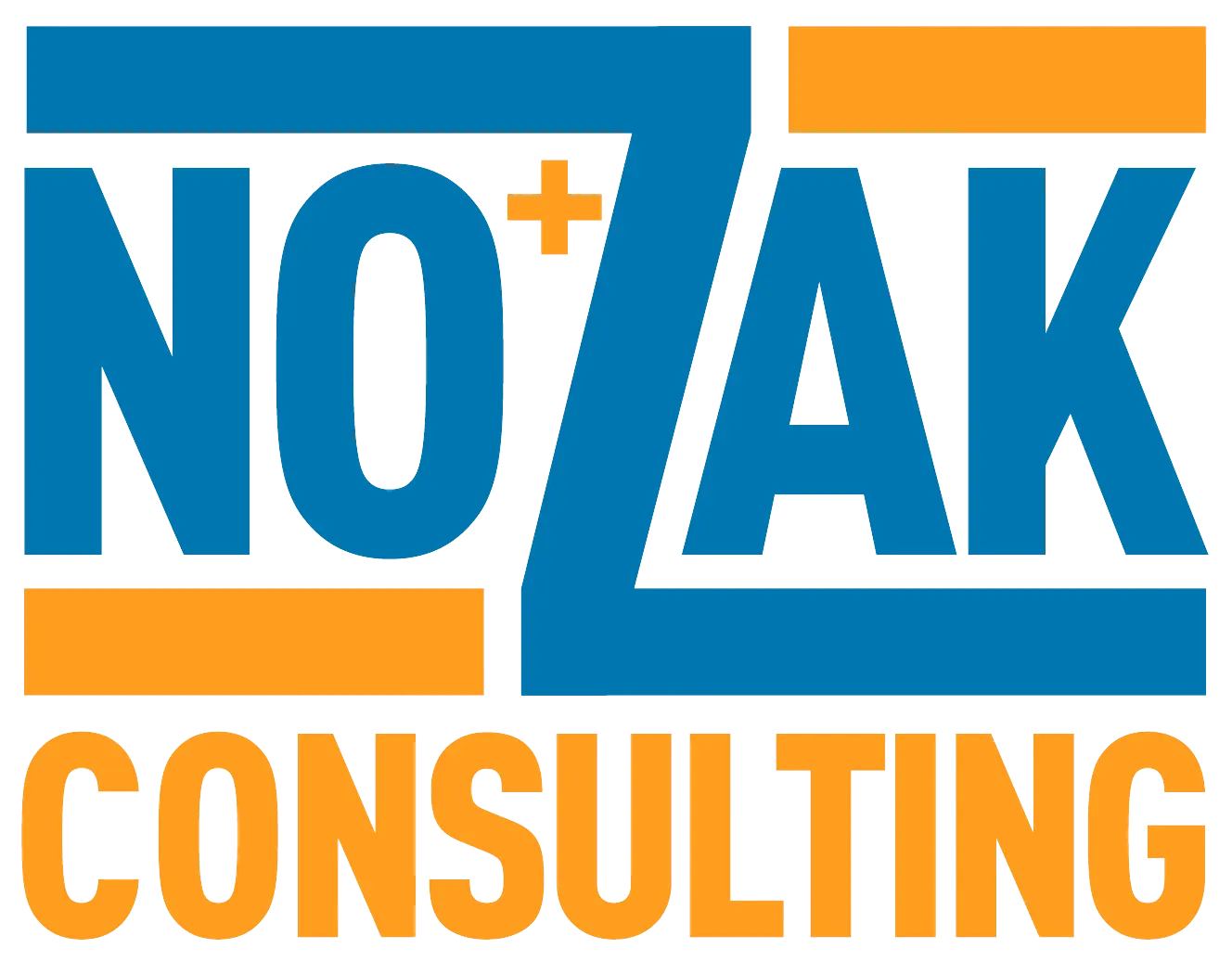Ruby on Rails (which is often called RoR or simply Rails), is a popular open-source software that programmers use to build web applications.

What is Ruby on Rails?
In short, the “Rails” part is a web application development framework that is written in the general-purpose “Ruby” programming language. This was created to make programming web applications easier for programmers, and it streamlines the development process by establishing some basic conventions about file structure and syntax.One of the main pillars of the Rails Doctrine is “Optimizing Programmer Happiness.” By writing less code, RoR helps you accomplish more of the task at hand in a shorter time frame.
How RoR Works
Rails (web application development) combines Ruby (programming language) with HTML, JavaScript, and CSS to create a web application that operates on a web server. Rails can speed up the process of building complex sites, oftentimes doubling productivity. The “Rails Way” is a set of conventions generally agreed upon to work well for most standard web applications, and it’s designed to encourage that way, however it can also discourage alternatives. Rails is an excellent tool for most web applications, enabling small teams to build complicated software quicker than they could using most other frameworks.
Simply put, a web application is a software program written in the Ruby language and organized using Rails convention.
The Rails Way
It’s all about simplification. The Rails Way focuses on “best practices” in application design.
What is the Rails Doctrine?
In the last 10 years or so, the Rails Doctrine has evolved a bit, but it’s main founding pillars still remain.
Here are the nine most important pillars of The Rails Doctrine:
- Optimize for programmer happiness: The RoR community consists of people that are constantly searching for programmer happiness, and they find it with RoR. Users often boast of easier, more productive working lives.
- Convention over Configuration: Dealing with constant recurring decisions are now simplified. There are a countless number of decisions that need to be made only once, RoR seeks to free programmers from making decisions that don’t add value so they can spend more time making decisions that affect end users.
- The menu is omakase: The Japanese term “omakase” means “I’ll leave it up to you” when ordering food. The customer is allowing the chef to decide what they are going to eat. In the context of Rails this means defaulting to the set of conventions and tools known to work well together most of the time for most use cases. This allows people with minimal experience to get started quickly, while allowing experts to do what they want.
- No one paradigm: Rails is more of a quilt rather than a single piece of cloth, made up of many different ideas and even paradigms.
- Promote beautiful code: Beautiful code is extremely valuable and should be pursued relentlessly. It doesn’t always surpass other concerns, but it definitely needs to be a priority.
- Provide sharp knives: With RoR, several analogies involve food or chefs, and RoR is an environment for chefs or those who want to become chefs. Knives are powerful tools in the kitchen, and this method provides and trusts you with those tools. As a novice, you can start washing dishes, but you can quickly work your way up to Executive Chef. RoR trusts you to use powerful tools, and expects you to accept the challenge of learning to use them well.
- Value integrated systems: Rails prides itself in the making of integrated systems, especially whole systems that address an entire problem.
- Progress over stability: In order to bake a cake, you have to break a few eggs. Any cook will tell you that. Taking chances to make advancements in the system is crucial to progress with the times, and RoR focuses on advancement over stability.
- Push up a big tent: Everyone is welcome.
Benefits of Using Ruby on Rails
Cost-effective
Ruby on Rails is as cost-effective as it gets. RoR is a free and open-source framework. Created with the developer in mind, this method can save time and effort while including some interesting bells and whistles.
Secure
The framework has default security measures built into the system which means you are following a secure development, if you follow the recommended procedures.
Flexibility
Rails offers cost-effectiveness, security, flexibility, productivity, and consistency.
Productivity
Using this to create web applications allows you to develop features extremely fast since it combines the third party software libraries. It is amongst the most productive programming languages.
Consistent
Ruby on Rails will consistently save you a lot of time. The organization and readability of the program helps developers with standardized file storage and programming conventions. And, again, it saves time and effort.
The Bottom Line
Ruby on Rails is an open-source software framework that is designed to ease the creation of web applications for programmers of all skill levels. With a strong developer community, RoR has been around for decades and is constantly updated and maintained by the community it serves. One of the main reasons for the program’s popularity is the fact that it’s considered one of the easiest frameworks to learn. Ruby on Rails is a valuable skill to have.
